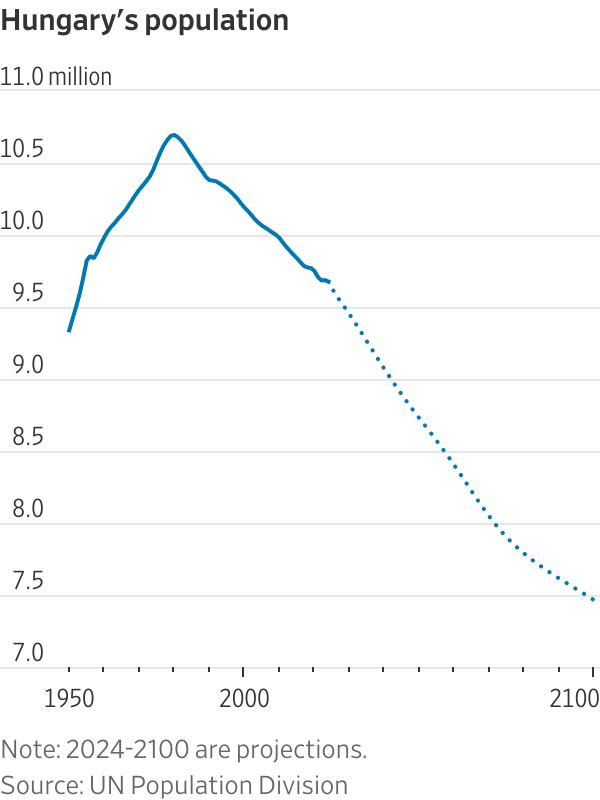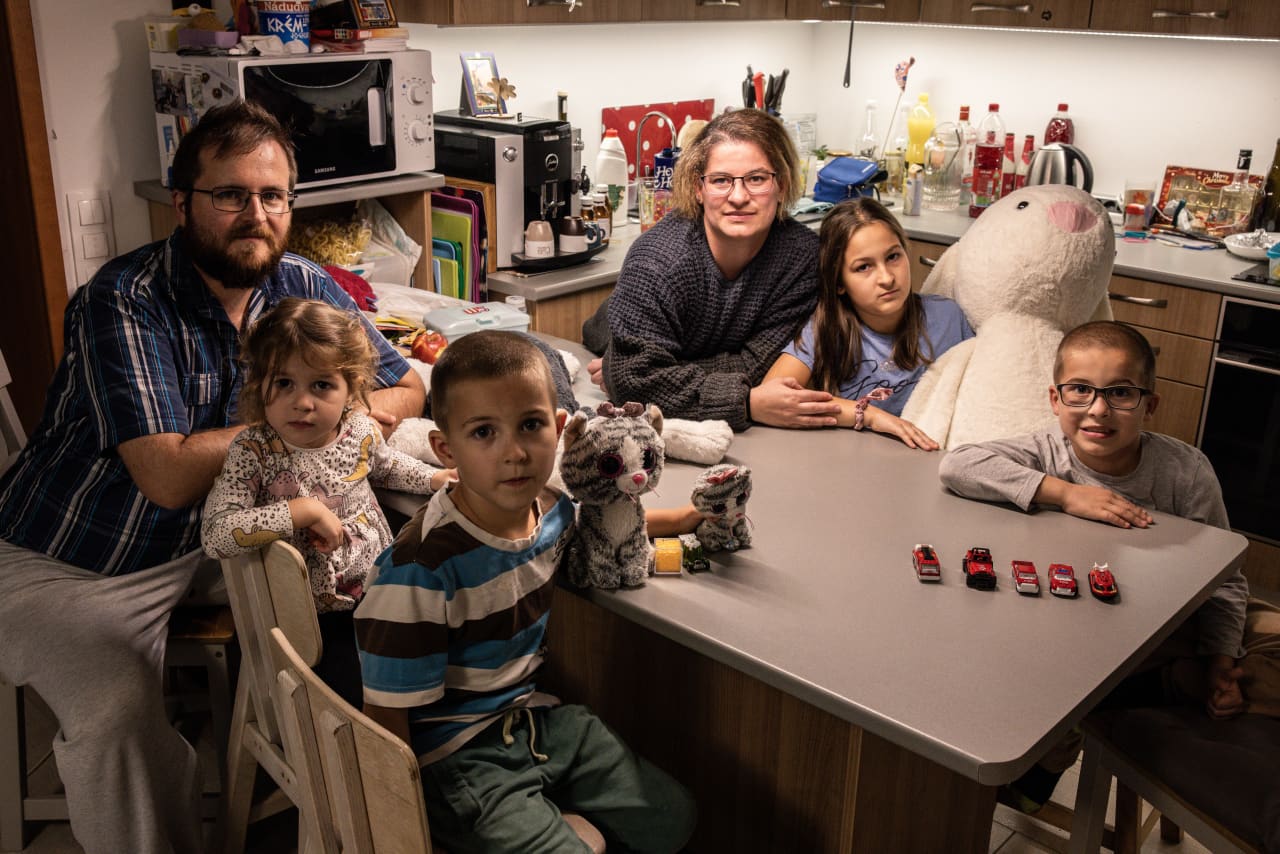The Biggest Winners and Losers From the Work-From-Home Revolution
Remote or hybrid work has become the new normal for millions of people. We are only just starting to see the impact.
Remote or hybrid work has become the new normal for millions of people. We are only just starting to see the impact.
The fivefold increase in working from home ushered in by the pandemic is perhaps the largest change to hit U.S. labor markets since World War II. It has touched just about every manager in America, reshaped industries including real estate and business travel, and led to an exodus from city centres to the suburbs.
And working from home is here to stay—at least in a hybrid model where a commute to the office is limited to just a few days each week. Tracking detailed survey data, we see working-from-home levels were rapidly dropping from 2020 to 2022. But by early 2023 they stabilised and have remained flat ever since. Hybrid working has become the new normal for millions of professionals and managers across America.
So, it’s time to tally up the impact. Looking ahead to 2024 and beyond, who are the biggest winners and losers from the work-from-home revolution?
The biggest losers are likely city-centre office and retail property owners. The massive shift to home working has created a doughnut effect in major cities around the world. Millions of employees are no longer commuting every day, leaving many offices half-filled and retail stores struggling for customers. The owners of this real estate—often pension funds, family firms and endowments—have collectively lost hundreds of billions of dollars of investments.
In the long run, the sector will slowly recover as supply contracts. New construction has slowed, some empty buildings are slowly being converted to residential accommodation, and some lower-quality offices will be torn down. But recovery will take years to complete. Winter has come for the office sector. One forecast that a major leasing company shared with me was it would take until 2033 for occupancy to recover to pre pandemic levels in San Francisco—perhaps the hardest hit city.
Another loser has been mass-transit rail systems. Ridership has dropped by 30% nationally as commuters shift from a five-day commuting schedule to two or three days a week. These commuter rail systems have high fixed costs due to inflexible track and train costs, alongside rigid union-controlled labor expenses.
Large drops in ridership revenue translate into larger budget deficits. To date these deficits have been bailed out by pandemic-era federal and state subsidies. But the fear is unless public transit costs can be right-sized, once these subsidies run out they will see devastating service cuts or outright closure.
Growing up in Britain, I heard about the infamous Beeching cuts of the 1960s, which cut station numbers by 55% and devastated rail travel. I fear something similar happening to U.S. transit for 2024 and beyond unless operators and unions can align cost with revenues.
The third big loser has been big cities. American cities occupy surprisingly small spaces. For example, San Francisco is less than 50 square miles, comprising just the tip of a peninsula. So, when city-centre residents fled for the suburbs, they took their tax dollars with them.
As we know from the experience of New York in the 1970s, cities can adjust by cutting expenditures. But this will be painful and risks a hollowing out of city centres if key services like police and education are cut. Indeed, bond markets have already cut the prices of many city municipal bonds, providing an ominous signal of the budgetary struggles ahead.
It isn’t all gloomy, particularly for the biggest work-from-home winners: the workers. In national surveys, employees report they value the ability to work from home two or three days a week as much as an 8% pay increase. Multiplied across the roughly 70 million Americans who are currently working from home, this is a perk valued at roughly $500 billion a year. This vast dividend has benefited employees through less commuting and lower stress, alongside more personal, leisure and family time.
One recent study highlighted how the typical U.S. home-working employee spends 40 minutes more a week on child care from the time saved from avoiding the daily commute. This will have longer-run effects ranging from higher labor-force participation rates—possibly pushing up growth rates—to potentially even a fertility dividend as parenting becomes somewhat easier.
Another winner is the environment, thanks to reduced travel and energy needs. A recent study found working from home two days a week reduces pollution by about 15%. This comes from lower commuting emissions alongside additional savings from lower office energy bills. A double dividend is the reduced congestion on emptier roads, with traffic speed data from Inryx suggesting the morning commute is 10% faster.
And perhaps the biggest work-from-home winner are companies. Research finds that hybrid working three days a week in the office has a net neutral on employee productivity, while allowing firms to save on recruitment and retention costs. Firms can save money by trimming office expenses while using remote working to lower labour costs by hiring employees outside major cities.
U.S. firms made about $1 trillion higher profits in 2022 than in 2019, an increase of almost 50%. While many factors likely contributed to this, including the strong economic growth, it is notable this happened alongside the fivefold surge in working from home. Indeed, the mass adoption of hybrid working by millions of firms across the U.S. and Europe is perhaps the strongest evidence of its positive impact on profitability.
Looking further out, the biggest change will almost surely come from the new technologies we use to work remotely. When I first started working in the 1990s, working remotely meant conference calls and emailing files. Now we telecommute and share files on cloud networks.
The future likely heralds similarly large changes. In discussions with startups and tech firms, I hear about systems for holographic meetings, wall-size screens and global connectivity. This technology means working from home hasn’t just stabilised but is now moving into its longer-run phase of expansion. Ten years from now we will look back at 2023 as the beginning of the long bull market in hybrid working.
Nicholas Bloom is a professor of economics at Stanford University.
 Copyright 2020, Dow Jones & Company, Inc. All Rights Reserved Worldwide. LEARN MORE
Copyright 2020, Dow Jones & Company, Inc. All Rights Reserved Worldwide. LEARN MORE
What a quarter-million dollars gets you in the western capital.
Alexandre de Betak and his wife are focusing on their most personal project yet.
Subsidised minivans, no income taxes: Countries have rolled out a range of benefits to encourage bigger families, with no luck
Imagine if having children came with more than $150,000 in cheap loans, a subsidised minivan and a lifetime exemption from income taxes.
Would people have more kids? The answer, it seems, is no.
These are among the benefits—along with cheap child care, extra vacation and free fertility treatments—that have been doled out to parents in different parts of Europe, a region at the forefront of the worldwide baby shortage. Europe’s overall population shrank during the pandemic and is on track to contract by about 40 million by 2050, according to United Nations statistics.
Birthrates have been falling across the developed world since the 1960s. But the decline hit Europe harder and faster than demographers expected—a foreshadowing of the sudden drop in the U.S. fertility rate in recent years.
Reversing the decline in birthrates has become a national priority among governments worldwide, including in China and Russia , where Vladimir Putin declared 2024 “the year of the family.” In the U.S., both Kamala Harris and Donald Trump have pledged to rethink the U.S.’s family policies . Harris wants to offer a $6,000 baby bonus. Trump has floated free in vitro fertilisation and tax deductions for parents.
Europe and other demographically challenged economies in Asia such as South Korea and Singapore have been pushing back against the demographic tide with lavish parental benefits for a generation. Yet falling fertility has persisted among nearly all age groups, incomes and education levels. Those who have many children often say they would have them even without the benefits. Those who don’t say the benefits don’t make enough of a difference.

Two European countries devote more resources to families than almost any other nation: Hungary and Norway. Despite their programs, they have fertility rates of 1.5 and 1.4 children for every woman, respectively—far below the replacement rate of 2.1, the level needed to keep the population steady. The U.S. fertility rate is 1.6.
Demographers suggest the reluctance to have kids is a fundamental cultural shift rather than a purely financial one.
“I used to say to myself, I’m too young. I have to finish my bachelor’s degree. I have to find a partner. Then suddenly I woke up and I was 28 years old, married, with a car and a house and a flexible job and there were no more excuses,” said Norwegian Nancy Lystad Herz. “Even though there are now no practical barriers, I realised that I don’t want children.”
Both Hungary and Norway spend more than 3% of GDP on their different approaches to promoting families—more than the amount they spend on their militaries, according to the Organization for Economic Cooperation and Development.
Hungary says in recent years its spending on policies for families has exceeded 5% of GDP. The U.S. spends around 1% of GDP on family support through child tax credits and programs aimed at low-income Americans.
Hungary’s subsidised housing loan program has helped almost 250,000 families buy or upgrade their homes, the government says. Orsolya Kocsis, a 28-year-old working in human resources, knows having kids would help her and her husband buy a larger house in Budapest, but it isn’t enough to change her mind about not wanting children.
“If we were to say we’ll have two kids, we could basically buy a new house tomorrow,” she said. “But morally, I would not feel right having brought a life into this world to buy a house.”
Promoting baby-making, known as pro natalism, is a key plank of Prime Minister Viktor Orbán ’s broader populist agenda . Hungary’s biennial Budapest Demographic Summit has become a meeting ground for prominent conservative politicians and thinkers. Former Fox News anchor Tucker Carlson and JD Vance, Trump’s vice president pick, have lauded Orbán’s family policies.
Orbán portrays having children inside what he has called a “traditional” family model as a national duty, as well as an alternative to immigration for growing the population. The benefits for child-rearing in Hungary are mostly reserved for married, heterosexual, middle-class couples. Couples who divorce lose subsidised interest rates and in some cases have to pay back the support.
Hungary’s population, now less than 10 million, has been shrinking since the 1980s. The country is about the size of Indiana.

“Because there are so few of us, there’s always this fear that we are disappearing,” said Zsuzsanna Szelényi, program director at the CEU Democracy Institute and author of a book on Orbán.
Hungary’s fertility rate collapsed after the fall of the Soviet Union and by 2010 was down to 1.25 children for every woman. Orbán, a father of five, and his Fidesz party swept back into power that year after being ousted in the early 2000s. He expanded the family support system over the next decade.
Hungary’s fertility rate rose to 1.6 children for every woman in 2021. Ivett Szalma, an associate professor at Corvinus University of Budapest, said that like in many other countries, women in Hungary who had delayed having children after the global financial crisis were finally catching up.
Then progress stalled. Hungary’s fertility rate has fallen for the past two years. Around 51,500 babies have been born there this year through August, a 10% drop compared with the same period last year. Many Hungarian women cite underfunded public health and education systems and difficulties balancing work and family as part of their hesitation to have more children.
Anna Nagy, a 35-year-old former lawyer, had her son in January 2021. She received a loan of about $27,300 that she didn’t have to start paying back until he turned 3. Nagy had left her job before getting pregnant but still received government-funded maternity payments, equal to 70% of her former salary, for the first two years and a smaller amount for a third year.
She used to think she wanted two or three kids, but now only wants one. She is frustrated at the implication that demographic challenges are her responsibility to solve. Economists point to increased immigration and a higher retirement age as other offsets to the financial strains on government budgets from a declining population.
“It’s not our duty as Hungarian women to keep the nation alive,” she said.
Hungary is especially generous to families who have several children, or who give birth at younger ages. Last year, the government announced it would restrict the loan program used by Nagy to women under 30. Families who pledge to have three or more children can get more than $150,000 in subsidised loans. Other benefits include a lifetime exemption from personal taxes for mothers with four or more kids, and up to seven extra annual vacation days for both parents.
Under another program that’s now expired, nearly 30,000 families used a subsidy to buy a minivan, the government said.
Critics of Hungary’s family policies say the money is wasted on people who would have had large families anyway. The government has also been criticised for excluding groups such as the minority Roma population and poorer Hungarians. Bank accounts, credit histories and a steady employment history are required for many of the incentives.
Orbán’s press office didn’t respond to requests for comment. Tünde Fűrész, head of a government-backed demographic research institute, disagreed that the policies are exclusionary and said the loans were used more heavily in economically depressed areas.

Government programs weren’t a determining factor for Eszter Gerencsér, 37, who said she and her husband always wanted a big family. They have four children, ages 3 to 10.
They received about $62,800 in low-interest loans through government programs and $35,500 in grants. They used the money to buy and renovate a house outside of Budapest. After she had her fourth child, the government forgave $11,000 of the debt. Her family receives a monthly payment of about $40 a month for each child.
Most Hungarian women stay home with their children until they turn 2, after which maternity payments are reduced. Publicly run nurseries are free for large families like hers. Gerencsér worked on and off between her pregnancies and returned full-time to work, in a civil-service job, earlier this year.
She still thinks Hungarian society is stacked against mothers and said she struggled to find a job because employers worried she would have to take lots of time off.
The country’s international reputation as family-friendly is “what you call good marketing,” she said.

Norway has been incentivising births for decades with generous parental leave and subsidised child care. New parents in Norway can share nearly a year of fully paid leave, or around 14 months at 80% pay. More than three months are reserved for fathers to encourage more equal caregiving. Mothers are entitled to take at least an hour at work to breast-feed or pump.
The government’s goal has never been explicitly to encourage people to have more children, but instead to make it easier for women to balance careers and children, said Trude Lappegard, a professor who researches demography at the University of Oslo. Norway doesn’t restrict benefits for unmarried parents or same-sex couples.
Its fertility rate of 1.4 children per woman has steadily fallen from nearly 2 in 2009. Unlike Hungary, Norway’s population is still growing for now, due mostly to immigration.
“It is difficult to say why the population is having fewer children,” Kjersti Toppe, the Norwegian Minister of Children and Families, said in an email. She said the government has increased monthly payments for parents and has formed a committee to investigate the baby bust and ways to reverse it.
More women in Norway are childless or have only one kid. The percentage of 45-year-old women with three or more children fell to 27.5% last year from 33% in 2010. Women are also waiting longer to have children—the average age at which women had their first child reached 30.3 last year. The global surge in housing costs and a longer timeline for getting established in careers likely plays a role, researchers say. Older first-time mothers can face obstacles: Women 35 and older are at higher risk of infertility and pregnancy complications.
Gina Ekholt, 39, said the government’s policies have helped offset much of the costs of having a child and allowed her to maintain her career as a senior adviser at the nonprofit Save the Children Norway. She had her daughter at age 34 after a round of state-subsidised IVF that cost about $1,600. She wanted to have more children but can’t because of fertility issues.
She receives a monthly stipend of about $160 a month, almost fully offsetting a $190 monthly nursery fee.
“On the economy side, it hasn’t made a bump. What’s been difficult for me is trying to have another kid,” she said. “The notion that we should have more kids, and you’re very selfish if you have only had one…those are the things that took a toll on me.”
Her friend Ewa Sapieżyńska, a 44-year-old Polish-Norwegian writer and social scientist with one son, has helped her see the upside of the one-child lifestyle. “For me, the decision is not about money. It’s about my life,” she said.